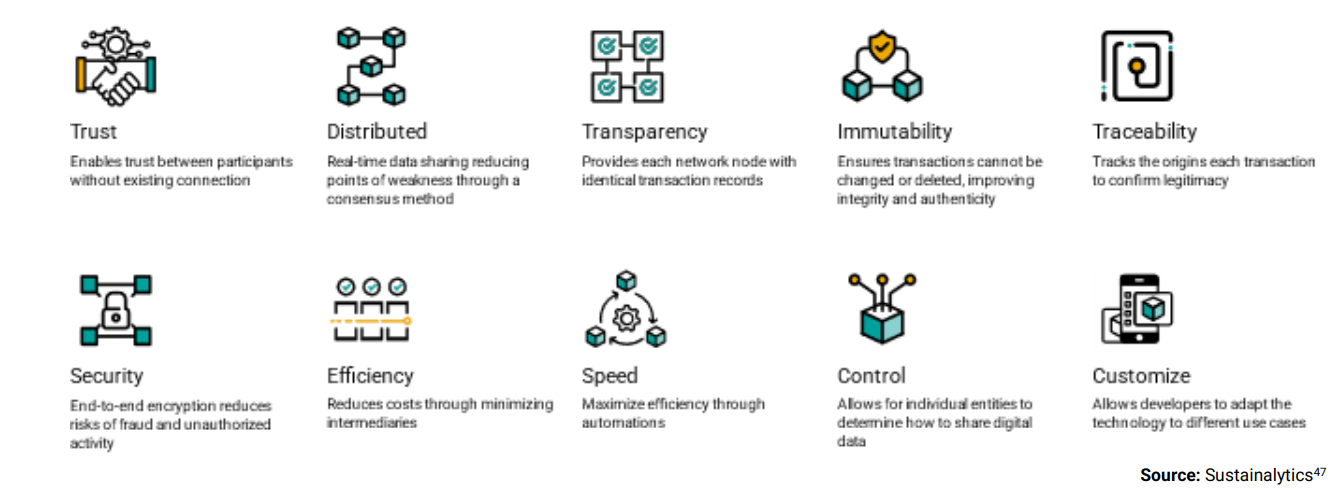We have chosen to use the term GECKO to represent a GHG Ecosystem Certificate of Known Origin
In order to understand the concept of a GHG Ecosystem Certificate of Known Origin, it is first necessary explain Blockchain Technology.
A blockchain is a database that is distributed in a computer network using a cryptographic consensus mechanism to ensure the authenticity of proposed changes, while maintaining an immutable record of transaction history. Any proposed change to the blockchain database is broadcast to the network, which determines whether the alteration is permitted, based on a set of rules designed to minimize risks of unauthorized manipulations or hacks.
The rapid adaptation of the internet in the early 1990s for commercial use led to a revival of the study of cryptology, an offshoot of which led to the development of blockchain. In a 1991 article published in the Journal of Cryptology, two scientists at Bell Communications Research (Bellcore), Stuart Haber and W. Scott Stornetta, proposed a computational procedure for creating an immutable digital record.
The process involved calculating a hash value (a fixed-length result) from digital documents of different lengths and saving it on a network with a timestamp. A hash changes in response to any change to the original document. Private keys sign submitted data and a distributed consensus mechanism certifies links between hashes.
In 2008, an unidentified individual or group by the pen name Satoshi Nakamoto published a whitepaper explaining how such a system could be adapted to support a new form of digital money. The paper described how a distributed network can apply a proof-of-work (PoW) consensus mechanism that draws on pools of computer power to secure payments and prevent double-spending without the use of an intermediary or centralized authority.
On 3 January 2009, Satoshi Nakamoto implemented this idea with the launch of Bitcoin – an open source, electronic, peer-to-peer cash system. This innovation promised to reduce transaction costs and improve transparency and accountability in financial systems. Unlike government-issued currencies, Bitcoin was intentionally designed to operate independently of a centralized authority that would otherwise be trusted to mint cash and validate transactions.
Since the launch of Bitcoin, other blockchains and cryptos have launched, many of which support different functions and make use of alternative consensus mechanisms. While some the most popular blockchains and cryptos are decentralized, public and open source, others are centralized and private.
In 2013, Vitalik Buterin, a Russian-Canadian programmer and writer, published the Ethereum whitepaper, proposing a next-generation blockchain that enables smart contracts. Smart contracts are “cryptographic ‘boxes’ that contain value and only unlock it if certain conditions are met.” This innovation allows users to create digital assets, such as decentralized apps (dApps) and non-fungible tokens (NFTs), which are secured by blockchain. Such innovations can support trade clearing, health insurance, voting, product tracking and other services.
Although Cryptocurrencies are created through the implementation of Blockchain Technology, it does not follow that Blockchain is only used for the creation of Cryptocurrencies. The features of Blockchain which make it applicable to other Use Cases may be seen here:

